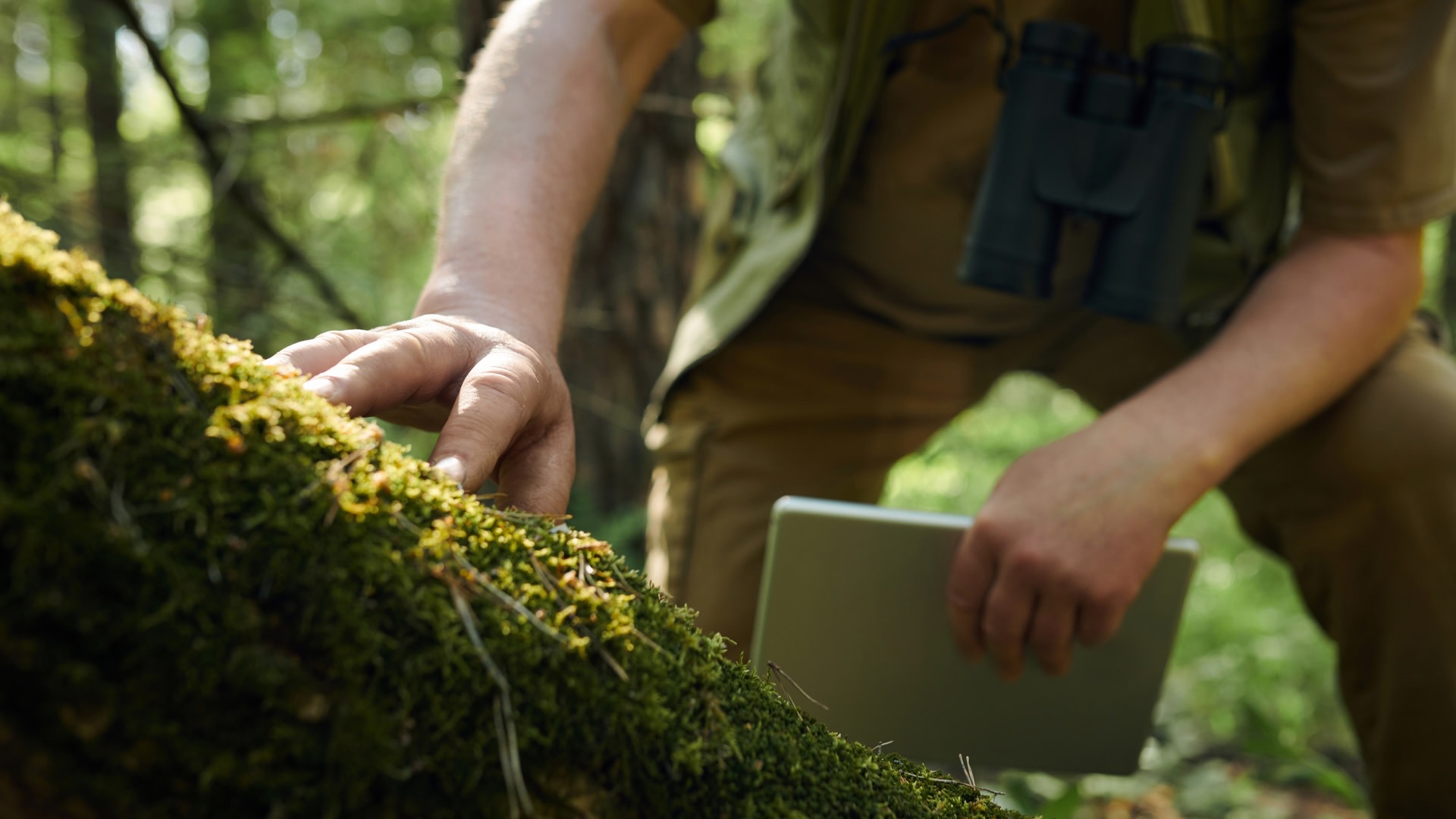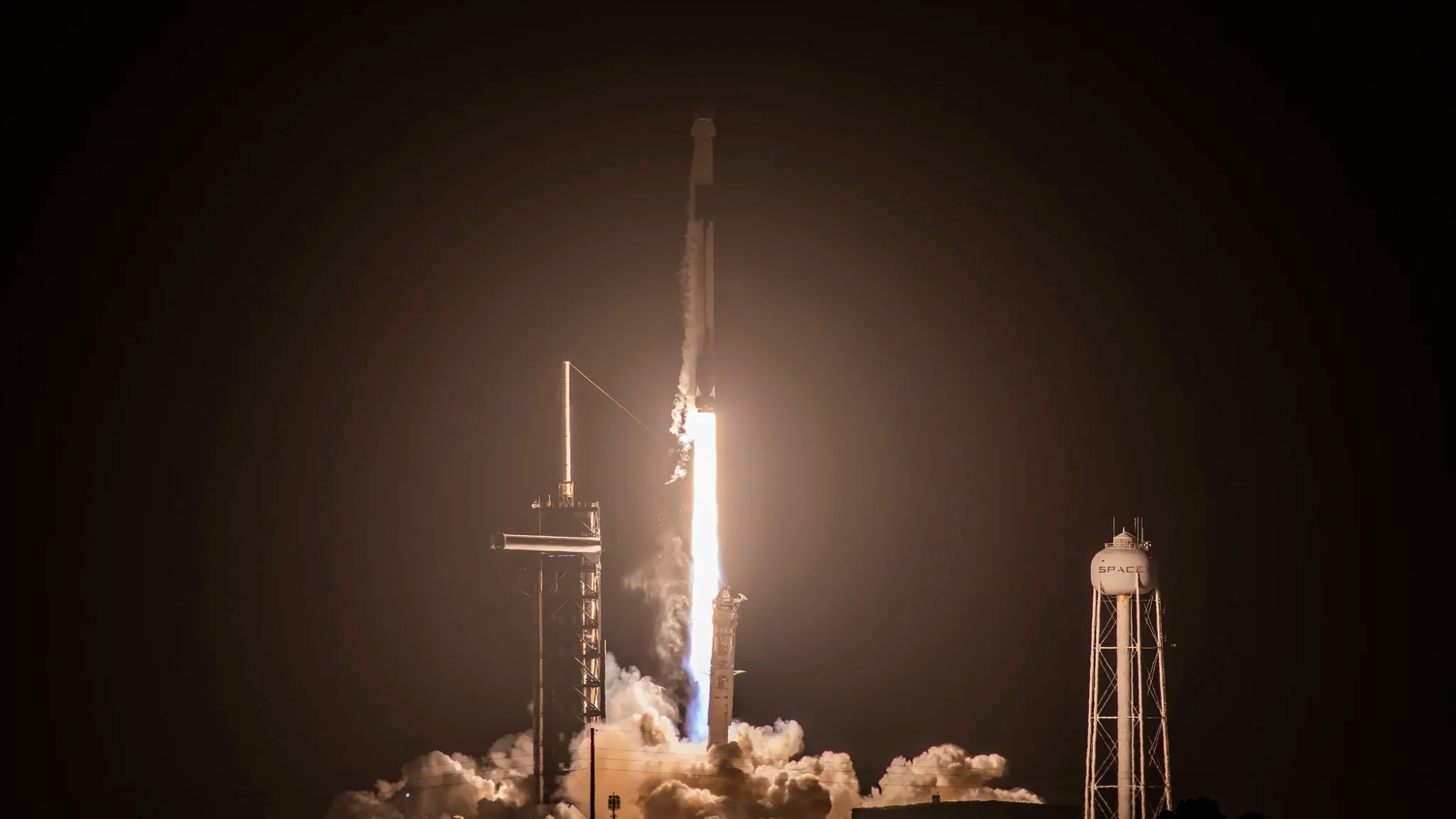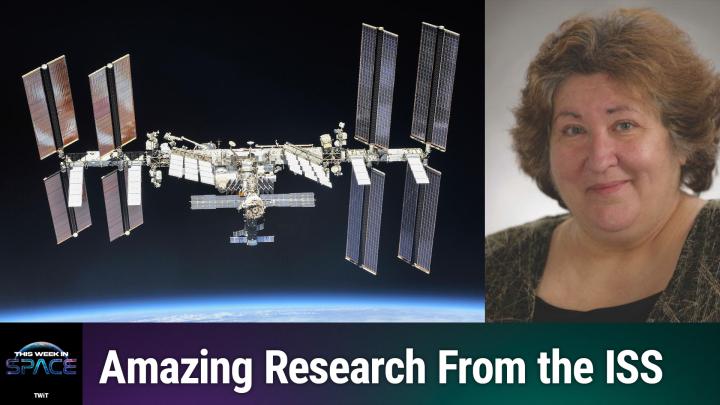Kaupp, U. B. & Seifert, R. Cyclic nucleotide-gated ion channels. Physiol. Rev. 82, 769–824 (2002).
PubMed
Google Scholar
Matulef, K. & Zagotta, W. N. Cyclic nucleotide-gated ion channels. Annu Rev. Cell Dev. Biol. 19, 23–44 (2003).
PubMed
Google Scholar
Yau, K. W. & Baylor, D. A. Cyclic GMP-activated conductance of retinal photoreceptor cells. Annu Rev. Neurosci. 12, 289–327 (1989).
PubMed
Google Scholar
Zagotta, W. N. & Siegelbaum, S. A. Structure and function of cyclic nucleotide-gated channels. Annu Rev. Neurosci. 19, 235–263 (1996).
PubMed
Google Scholar
Yau, K. W. & Baylor, D. A. Cyclic GMP-Activated Conductance of Retinal Photoreceptor Cells. Annu. Rev. Neurosci. 12, 289–327 (1989).
PubMed
Google Scholar
Bradley, J., Reisert, J. & Frings, S. Regulation of cyclic nucleotide-gated channels. Curr. Opin. Neurobiol. 15, 343–349 (2005).
PubMed
Google Scholar
Dryja, T. P. et al. Mutations in the gene encoding the alpha subunit of the rod cGMP-gated channel in autosomal recessive retinitis pigmentosa. Proc. Natl. Acad. Sci. USA 92, 10177–10181 (1995).
PubMed
PubMed Central
Google Scholar
Bareil, C. et al. Segregation of a mutation in CNGB1 encoding the β-subunit of the rod cGMP-gated channel in a family with autosomal recessive retinitis pigmentosa. Hum. Genet. 108, 328–334 (2001).
PubMed
Google Scholar
Holmgren, M. Influence of permeant ions on gating in cyclic nucleotide-gated channels. J. Gen. Physiol. 121, 61–72 (2003).
PubMed
PubMed Central
Google Scholar
Kusch, J., Nache, V. & Benndorf, K. Effects of permeating ions and cGMP on gating and conductance of rod-type cyclic nucleotide-gated (CNGA1) channels. J. Physiol. 560, 605–616 (2004).
PubMed
PubMed Central
Google Scholar
Ludwig, A., Zong, X., Jeglitsch, M., Hofmann, F. & Biel, M. A family of hyperpolarization-activated mammalian cation channels. Nature 393, 587–591 (1998).
PubMed
Google Scholar
Yu, F. H., Yarov-Yarovoy, V., Gutman, G. A. & Catterall, W. A. Overview of molecular relationships in the voltage-gated ion channel superfamily. Pharm. Rev. 57, 387–395 (2005).
PubMed
Google Scholar
Altomare, C. et al. Heteromeric HCN1-HCN4 channels: a comparison with native pacemaker channels from the rabbit sinoatrial node. J. Physiol. 549, 347–359 (2003).
PubMed
PubMed Central
Google Scholar
Craven, K. B. & Zagotta, W. N. CNG and HCN channels: two peas, one pod. Annu Rev. Physiol. 68, 375–401 (2006).
PubMed
Google Scholar
Kaupp, U. B. et al. Primary structure and functional expression from complementary DNA of the rod photoreceptor cyclic GMP-gated channel. Nature 342, 762–766 (1989).
PubMed
Google Scholar
Chen, T. Y. et al. A new subunit of the cyclic nucleotide-gated cation channel in retinal rods. Nature 362, 764–767 (1993).
PubMed
Google Scholar
Gerstner, A., Zong, X., Hofmann, F. & Biel, M. Molecular cloning and functional characterization of a new modulatory cyclic nucleotide-gated channel subunit from mouse retina. J. Neurosci. 20, 1324–1332 (2000).
PubMed
PubMed Central
Google Scholar
Bönigk, W. et al. The Native Rat Olfactory Cyclic Nucleotide-Gated Channel Is Composed of Three Distinct Subunits. J. Neurosci. 19, 5332–5347 (1999).
PubMed
PubMed Central
Google Scholar
Weitz, D., Ficek, N., Kremmer, E., Bauer, P. J. & Kaupp, U. B. Subunit stoichiometry of the CNG channel of rod photoreceptors. Neuron 36, 881–889 (2002).
PubMed
Google Scholar
Zheng, J., Trudeau, M. C. & Zagotta, W. N. Rod cyclic nucleotide-gated channels have a stoichiometry of three CNGA1 subunits and one CNGB1 subunit. Neuron 36, 891–896 (2002).
PubMed
Google Scholar
Zheng, J. & Zagotta, W. N. Stoichiometry and Assembly of Olfactory Cyclic Nucleotide-Gated Channels. Neuron 42, 411–421 (2004).
PubMed
Google Scholar
Zheng, X., Hu, Z., Li, H. & Yang, J. Structure of the human cone photoreceptor cyclic nucleotide-gated channel. Nat. Struct. Mol. Biol. 29, 40–46 (2022).
PubMed
Google Scholar
Peng, C., Rich, E. D. & Varnum, M. D. Subunit configuration of heteromeric cone cyclic nucleotide-gated channels. Neuron 42, 401–410 (2004).
PubMed
Google Scholar
Li, M. et al. Structure of a eukaryotic cyclic-nucleotide-gated channel. Nature 542, 60–65 (2017).
PubMed
PubMed Central
Google Scholar
Zheng, X. et al. Mechanism of ligand activation of a eukaryotic cyclic nucleotide-gated channel. Nat. Struct. Mol. Biol. 27, 625–634 (2020).
PubMed
PubMed Central
Google Scholar
Barret, D. C. A., Schertler, G. F. X., Kaupp, U. B. & Marino, J. The structure of the native CNGA1/CNGB1 CNG channel from bovine retinal rods. Nat. Struct. Mol. Biol. 29, 32–39 (2022).
PubMed
Google Scholar
Xue, J., Han, Y., Zeng, W., Wang, Y. & Jiang, Y. Structural mechanisms of gating and selectivity of human rod CNGA1 channel. Neuron 109, 1302–1313 e1304 (2021).
PubMed
PubMed Central
Google Scholar
Xue, J., Han, Y., Zeng, W. & Jiang, Y. Structural mechanisms of assembly, permeation, gating, and pharmacology of native human rod CNG channel. Neuron 110, 86–95 e85 (2022).
PubMed
Google Scholar
Contreras, J. E., Srikumar, D. & Holmgren, M. Gating at the selectivity filter in cyclic nucleotide-gated channels. Proc. Natl. Acad. Sci. USA 105, 3310–3314 (2008).
PubMed
PubMed Central
Google Scholar
Napolitano, L. M. R., Torre, V. & Marchesi, A. CNG channel structure, function, and gating: a tale of conformational flexibility. Pflug. Arch. 473, 1423–1435 (2021).
Google Scholar
Caleman, C. & van der Spoel, D. Picosecond melting of ice by an infrared laser pulse: a simulation study. Angew. Chem. Int Ed. Engl. 47, 1417–1420 (2008).
PubMed
Google Scholar
Flood, E., Boiteux, C., Lev, B., Vorobyov, I. & Allen, T. W. Atomistic Simulations of Membrane Ion Channel Conduction, Gating, and Modulation. Chem. Rev. 119, 7737–7832 (2019).
PubMed
Google Scholar
Oakes, V. & Domene, C. Capturing the Molecular Mechanism of Anesthetic Action by Simulation Methods. Chem. Rev. 119, 5998–6014 (2019).
PubMed
Google Scholar
Carnevale, V., Delemotte, L. & Howard, R. J. Molecular Dynamics Simulations of Ion Channels. Trends Biochem Sci. 46, 621–622 (2021).
PubMed
Google Scholar
Elbahnsi, A. et al. Interplay between VSD, pore, and membrane lipids in electromechanical coupling in HCN channels. Elife 12, e80303 (2023).
Acharya, A., Jana, K., Gurvic, D., Zachariae, U. & Kleinekathofer, U. Fast prediction of antibiotic permeability through membrane channels using Brownian dynamics. Biophys. J. 122, 2996–3007 (2023).
PubMed
PubMed Central
Google Scholar
Biedermann, J., Braunbeck, S., Plested, A. J. R., Sun, H. Nonselective cation permeation in an AMPA-type glutamate receptor. Proc. Natl. Acad. Sci. USA 118, e2012843118 (2021).
Huang, J. et al. CHARMM36m: An improved force field for folded and intrinsically disordered proteins. Nat. Methods 14, 71–73 (2017).
PubMed
Google Scholar
Hornak, V. et al. Comparison of multiple Amber force fields and development of improved protein backbone parameters. Proteins 65, 712–725 (2006).
PubMed
PubMed Central
Google Scholar
Tian, C. et al. ff19SB: Amino-acid-specific protein backbone parameters trained against quantum mechanics energy surfaces in solution. J. Chem. Theory Comput 16, 528–552 (2020).
PubMed
Google Scholar
Kopfer, D. A. et al. Ion permeation in K(+) channels occurs by direct Coulomb knock-on. Science 346, 352–355 (2014).
PubMed
Google Scholar
Kopec, W. et al. Direct knock-on of desolvated ions governs strict ion selectivity in K(+) channels. Nat. Chem. 10, 813–820 (2018).
PubMed
Google Scholar
Burtscher, V. et al. Structural basis for hyperpolarization-dependent opening of human HCN1 channel. Nat. Commun. 15, 5216 (2024).
PubMed
PubMed Central
Google Scholar
Krumbach, J. H. et al. Alkali metal cations modulate the geometry of different binding sites in HCN4 selectivity filter for permeation or block. J. Gen. Physiol 155, e202313364 (2023).
Benndorf, K. et al. Subunit-specific conductance of single homomeric and heteromeric HCN pacemaker channels at femtosiemens resolution. Proc. Natl. Acad. Sci. USA 122, e2422533122 (2025).
PubMed
PubMed Central
Google Scholar
Hu, Z. & Yang, J. Structural basis of properties, mechanisms, and channelopathy of cyclic nucleotide-gated channels. Channels (Austin) 17, 2273165 (2023).
PubMed
Google Scholar
Alam, A. & Jiang, Y. Structural analysis of ion selectivity in the NaK channel. Nat. Struct. Mol. Biol. 16, 35–41 (2009).
PubMed
Google Scholar
Alam, A. & Jiang, Y. High-resolution structure of the open NaK channel. Nat. Struct. Mol. Biol. 16, 30–34 (2009).
PubMed
Google Scholar
Shi, C. et al. A single NaK channel conformation is not enough for non-selective ion conduction. Nat. Commun. 9, 717 (2018).
PubMed
PubMed Central
Google Scholar
Root, M. J. & MacKinnon, R. Two identical noninteracting sites in an ion channel revealed by proton transfer. Science 265, 1852–1856 (1994).
PubMed
Google Scholar
Morrill, J. A. & MacKinnon, R. Isolation of a single carboxyl-carboxylate proton binding site in the pore of a cyclic nucleotide-gated channel. J. Gen. Physiol. 114, 71–83 (1999).
PubMed
PubMed Central
Google Scholar
Smart, O. S., Goodfellow, J. M. & Wallace, B. A. The pore dimensions of gramicidin A. Biophys. J. 65, 2455–2460 (1993).
PubMed
PubMed Central
Google Scholar
Smart, O. S., Neduvelil, J. G., Wang, X., Wallace, B. A. & Sansom, M. S. HOLE: a program for the analysis of the pore dimensions of ion channel structural models. J. Mol. Graph 14, 354–360 (1996).
PubMed
Google Scholar
Roy, R. N. et al. Structural plasticity of the selectivity filter in a nonselective ion channel. IUCrJ 8, 421–430 (2021).
PubMed
PubMed Central
Google Scholar
Heiser, F., Biedermann, J., Kuru, E., Plested, A. J. R., Sun, H. Atomistic mechanisms of calcium permeation modulated by Q/R editing and selectivity filter mutations in GluA2 AMPA receptors. Proc. Natl. Acad. Sci. USA 122, e2425172122 (2025).
Napolitano, L. M. et al. A structural, functional, and computational analysis suggests pore flexibility as the base for the poor selectivity of CNG channels. Proc. Natl. Acad. Sci. USA 112, E3619–E3628 (2015).
PubMed
PubMed Central
Google Scholar
Zaki, A. M., Cinaroglu, S. S., Rahman, T., Patel, S. & Biggin, P. C. Plasticity of the selectivity filter is essential for permeation in lysosomal TPC2 channels. Proc. Natl. Acad. Sci. USA 121, e2320153121 (2024).
PubMed
PubMed Central
Google Scholar
Dudev, T. & Lim, C. Ion selectivity strategies of sodium channel selectivity filters. Acc. Chem. Res 47, 3580–3587 (2014).
PubMed
Google Scholar
Xue, L., Yan, N. & Song, C. Deciphering Ca(2+) permeation and valence selectivity in Ca(V)1: Molecular dynamics simulations reveal the three-ion knock-on mechanism. Proc. Natl. Acad. Sci. USA 122, e2424694122 (2025).
PubMed
PubMed Central
Google Scholar
Hilder, T. A., Corry, B. & Chung, S. H. Multi-ion versus single-ion conduction mechanisms can yield current rectification in biological ion channels. J. Biol. Phys. 40, 109–119 (2014).
PubMed
PubMed Central
Google Scholar
Hui, C., de Vries, R., Kopec, W. & de Groot, B. L. Effective polarization in potassium channel simulations: Ion conductance, occupancy, voltage response, and selectivity. Proc. Natl. Acad. Sci. USA 122, e2423866122 (2025).
PubMed
PubMed Central
Google Scholar
Schrodinger, L. L. C. The PyMOL Molecular Graphics System, Version 1.8.) (2015).
Joung, I. S. & Cheatham, T. E. 3rd. Determination of alkali and halide monovalent ion parameters for use in explicitly solvated biomolecular simulations. J. Phys. Chem. B 112, 9020–9041 (2008).
PubMed
PubMed Central
Google Scholar
Berger, O., Edholm, O. & Jahnig, F. Molecular dynamics simulations of a fluid bilayer of dipalmitoylphosphatidylcholine at full hydration, constant pressure, and constant temperature. Biophys. J. 72, 2002–2013 (1997).
PubMed
PubMed Central
Google Scholar
Jo, S., Kim, T., Iyer, V. G. & Im, W. CHARMM-GUI: A web-based graphical user interface for CHARMM. J. Comput Chem. 29, 1859–1865 (2008).
PubMed
Google Scholar
Jorgensen, W. L., Chandrasekhar, J., Madura, J. D., Impey, R. W. & Klein, M. L. Comparison of simple potential functions for simulating liquid water. J. Chem. Phys. 79, 926–935 (1983).
Google Scholar
Roux, B. The membrane potential and its representation by a constant electric field in computer simulations. Biophys. J. 95, 4205–4216 (2008).
PubMed
PubMed Central
Google Scholar
Gumbart, J., Khalili-Araghi, F., Sotomayor, M. & Roux, B. Constant electric field simulations of the membrane potential illustrated with simple systems. Biochim Biophys. Acta 1818, 294–302 (2012).
PubMed
Google Scholar
Kutzner, C., Grubmuller, H., de Groot, B. L. & Zachariae, U. Computational electrophysiology: The molecular dynamics of ion channel permeation and selectivity in atomistic detail. Biophys. J. 101, 809–817 (2011).
PubMed
PubMed Central
Google Scholar
Tieleman, D. P. & Berendsen, H. J. C. Molecular dynamics simulations of a fully hydrated dipalmitoylphosphatidylcholine bilayer with different macroscopic boundary conditions and parameters. J. Chem. Phys. 105, 4871–4880 (1996).
Google Scholar
Abraham, M. J. et al. GROMACS: High performance molecular simulations through multi-level parallelism from laptops to supercomputers. SoftwareX 1-2, 19–25 (2015).
Google Scholar
Darden, T., York, D. & Pedersen, L. Particle mesh Ewald: An N⋅log(N) method for Ewald sums in large systems. J. Chem. Phys. 98, 10089–10092 (1993).
Google Scholar
Bussi, G., Donadio, D. & Parrinello, M. Canonical sampling through velocity rescaling. J. Chem. Phys. 126, 014101 (2007).
PubMed
Google Scholar
Parrinello, M. & Rahman, A. Polymorphic transitions in single crystals: A new molecular dynamics method. J. Appl. Phys. 52, 7182–7190 (1981).
Google Scholar
Hess, B., Bekker, H., Berendsen, H. J. C. & Fraaije, J. G. E. M. LINCS: A linear constraint solver for molecular simulations. J. Comput. Chem. 18, 1463–1472 (1997).
Google Scholar
Michaud-Agrawal, N., Denning, E. J., Woolf, T. B. & Beckstein, O. MDAnalysis: A toolkit for the analysis of molecular dynamics simulations. J. Comput Chem. 32, 2319–2327 (2011).
PubMed
PubMed Central
Google Scholar
Harris, C. R. et al. Array programming with NumPy. Nature 585, 357–362 (2020).
PubMed
PubMed Central
Google Scholar
Hunter, J. D. Matplotlib: A 2D Graphics Environment. Comput. Sci. Eng. 9, 90–95 (2007).
Google Scholar
McKinney W. pandas: a Foundational Python Library for Data Analysis and Statistics.) (2011).
Virtanen, P. et al. SciPy 1.0: Fundamental algorithms for scientific computing in Python. Nat. Methods 17, 261–272 (2020).
PubMed
PubMed Central
Google Scholar
Rosenblatt, M. Remarks on some nonparametric estimates of a density function. Ann. Math. Stat. 27, 832–837 (1956).
Google Scholar
Ulmschneider, M. B. et al. Molecular dynamics of ion transport through the open conformation of a bacterial voltage-gated sodium channel. Proc. Natl. Acad. Sci. USA 110, 6364–6369 (2013).
PubMed
PubMed Central
Google Scholar
Humphrey, W., Dalke, A. & Schulten, K. VMD: Visual molecular dynamics. J. Mol. Graph 14, 27–38 (1996).
Google Scholar












